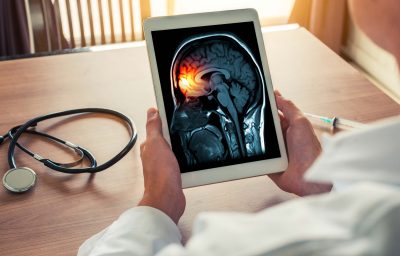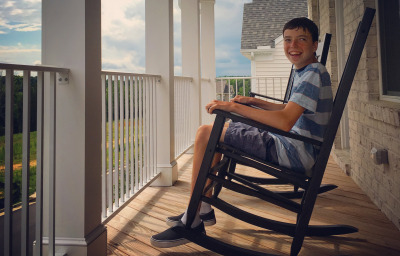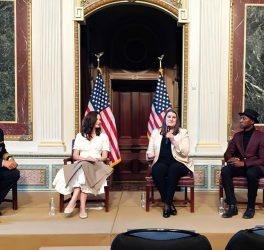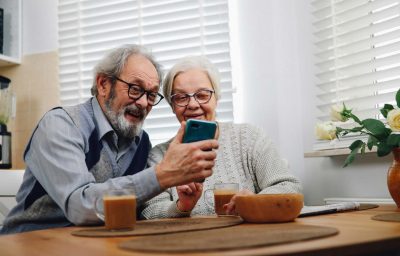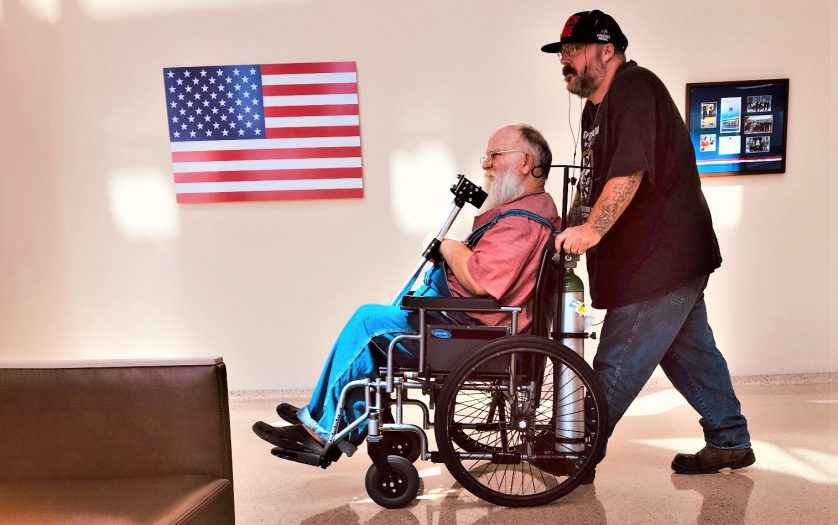
Researchers at the University of Colorado Anschutz Medical Campus are joining efforts to improve the lives and healthcare of the 61 million Americans living with disabilities, a number expected to rise in the aftermath of the COVID-19 pandemic.
Through their work, the investigators have found an unusual drop in applications for disability aid during the pandemic, a lack of knowledge among healthcare providers treating people with disabilities, and a lack of clarity in guidelines aimed at improving healthcare for the population. Their intent is to close obstructive gaps and more.
“We at the University of Colorado are working very hard to create a world-class group of researchers who focus on disability and the impact of disability on the healthcare patients receive,” said Eric Campbell, PhD, professor of medicine and director of research at the CU Center for Bioethics and Humanities.
With support from the Social Security Administration’s Retirement and Disability Research Centers, Lauren Hersch Nicholas, PhD, MPP, and her collaborators are examining trends in disability applications and mortality and health outcomes of disabled Americans during the pandemic.
Usually in times of recession, and certainly in a major health crisis, people tend to turn to disability programs as a source of income, said Nicholas, associate professor in the Department of Health Systems, Management & Policy at the Colorado School of Public Health (ColoradoSPH). This, however, has not been the case during the past two years. In fact, researchers have seen a reverse in this trend.
“We’ve actually seen a decline in applications as well as a drop in applications in the categories where we would expect to see people going for alternative income,” Nicholas said.
The drop in disability applications may be a result of disability office closures or the sudden shift to remote work, which allowed more people to continue working who would have otherwise applied for disability, Nicholas said.
As health scientists pivot to an endemic approach to COVID-19, Nicholas plans to track disability claims after many support programs expire. She sees room for growth around the collective understanding of the healthcare side of the labor market, she said.
“For the populations I work with, which are the elderly and disabled, there is a strong link between health and labor supply and health and income,” Nicholas said. “Disability status and sources of income influence a person’s decision to retire. Their health and access to healthcare have implications for their ability to work and manage their finances.”
Nicholas’ interest in physicians’ role in helping Americans with disability remain in the workforce and well cared for is central to Campbell’s work. Are physicians prepared to treat the estimated increased number of Americans with disabilities? Campbell recently completed a study exploring how medical professionals perceive the quality of life of their patients with disabilities.
Campbell has found that many doctors struggle to advise their patients about accommodations that could help keep them in the workforce. “This has long-term implications for people’s ability to keep working, for their income and for their health in the long term,” Nicholas said. “We need to understand what the appropriate interventions are to change medical education in this regard.”
Campbell is in the process of completing an NIH grant to better understand doctors’ attitudes, perspectives and experiences caring for patients with disability.
From that study, Campbell found that the majority of physicians believe that persons with disability have a lower overall quality of life than persons without disability. This is despite the fact that people with disability self-report a good quality of life.
The misperception is cause for alarm because doctors’ perceptions of quality of life enter medical decision-making, both formally and informally, he said.
Campbell’s recent publication on these findings is receiving traction, especially from members of the general public. “This is a topic of interest and can be used to help the public understand the experience of people with disability. And that is our goal. Our goal is not to write papers but to inform professional organizations and individuals and help the public,” Campbell said.
In a second paper, Campbell uncovered that a significant percentage of doctors admit to having very low levels of knowledge about the Americans with Disabilities Act (ADA). The ADA is federal legislation that requires doctors to make accommodations for patients who need them in their care.
“It’s the joint responsibility of the patient and the doctor together to make these accommodations happen,” Campbell said.
This mandate for joint responsibility in care is upheld by Section 1557 of the Patient Protection and Affordable Care Act, which requires that hospitals have staff responsible for making accommodations for patients with disability. Megan Morris, PhD, MPH, CCC-SLP, associate professor in the Division of General Internal Medicine in CU’s Department of Medicine, has spent the greater part of three years facilitating a working group for these staff.
Section 1557 mandates healthcare organizations (HCOs) with 15 or more employees to designate an employee to lead efforts to enact organizational changes to comply with the law. As a result, many HCOs either designate existing personnel or hire new employees to serve as Disability Accessibility Coordinators (DACs).
Unfortunately, the laws are vague and do not provide specifics on how to implement accessible care.
“Even though there’s a legal mandate, there isn’t literature, guidance, or evidence on how to provide effective communication or accommodations for patients with disabilities,” Morris said. “There is no blueprint for how to do this job.”
Morris runs the Disability Equity Collaborative (DEC) that hosts the Learning CollaborativE to Advance Disability Equitable CaRe (LEADERs). This group supports individuals, healthcare organizations, policymakers, advocates, researchers and professional organizations working to address health disparities patients with disability experience.
“We at DEC plan to foster collaborations and advance innovations in healthcare practice and policy for persons with disabilities,” Morris said. She is joined by Campbell and Nicholas in a collective vision “to make a meaningful impact on the health and healthcare outcomes of people with disabilities.”


